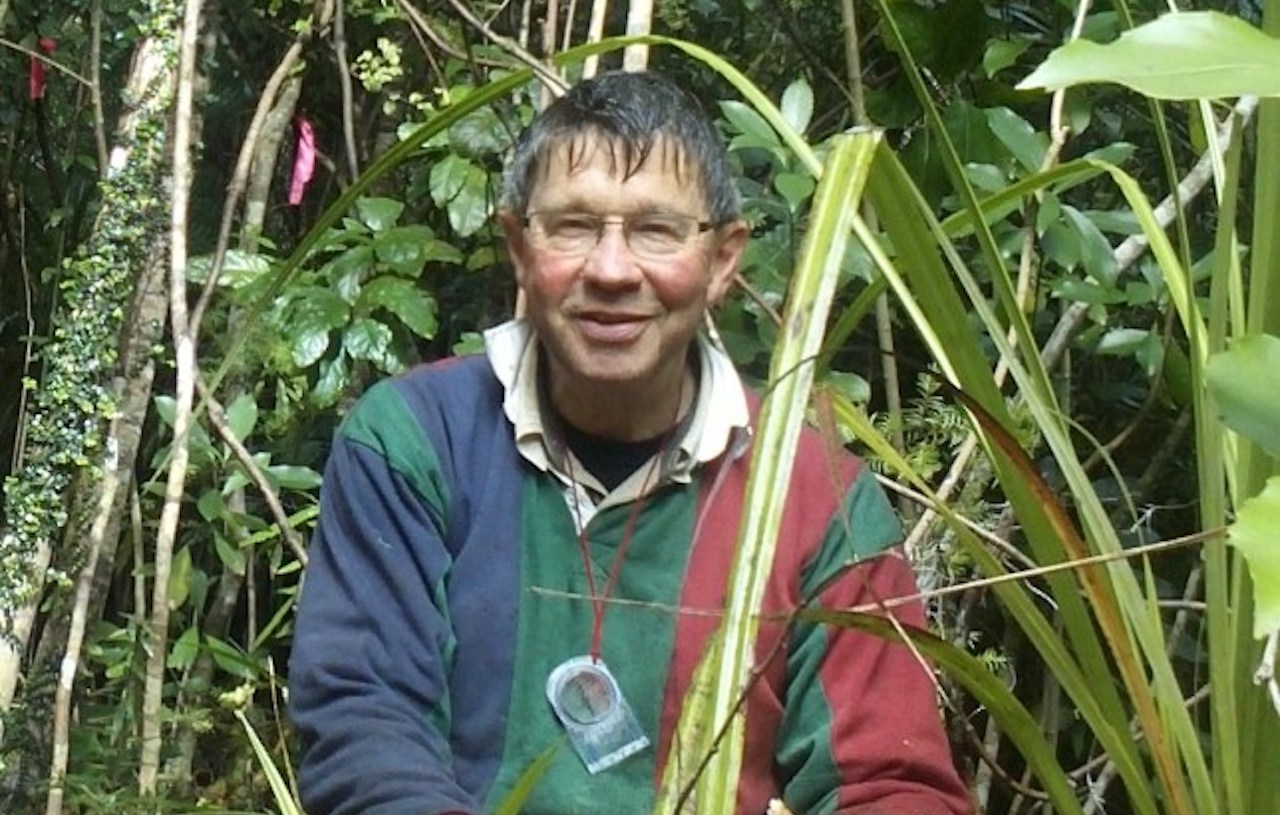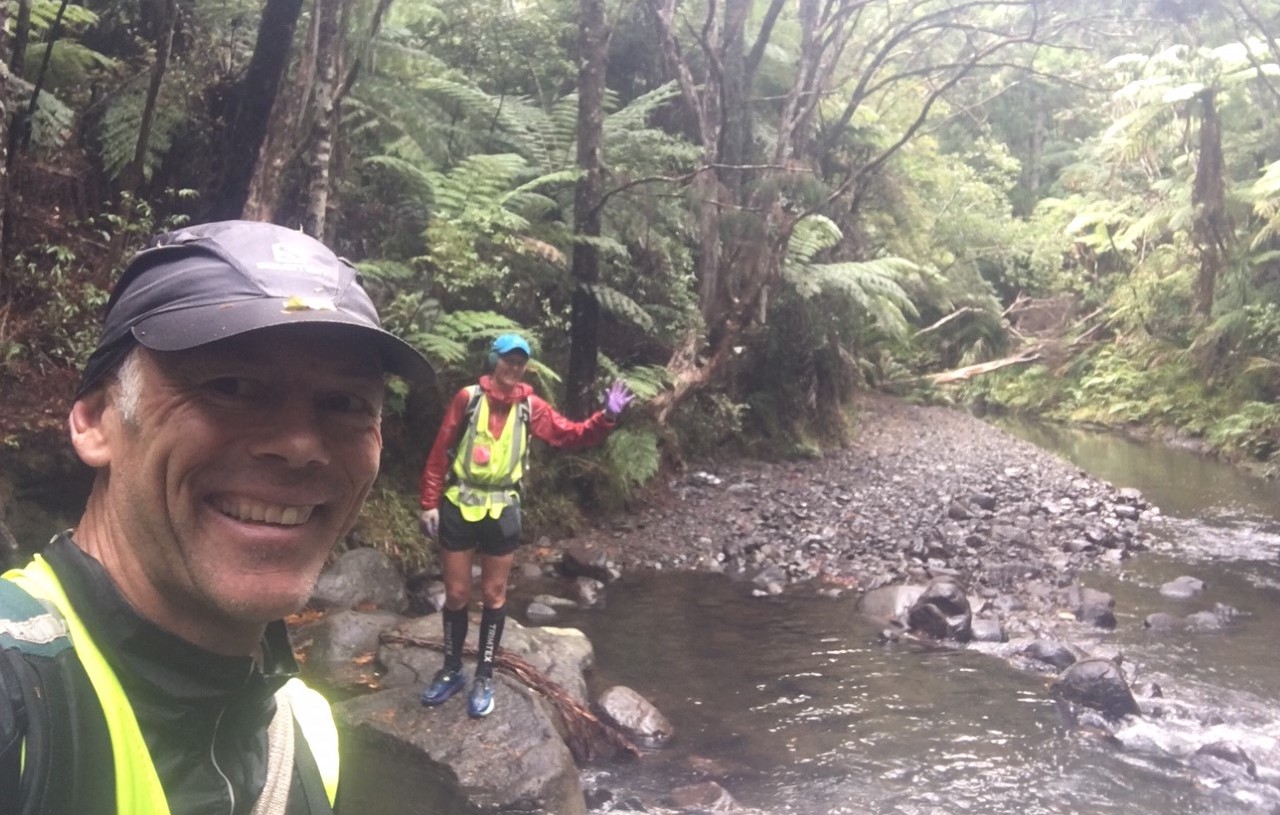Get involved
Ark in the Park has over 400 active volunteers who contribute in many different ways. They are the powerhouse that keep the Ark moving forward by doing vital work such as predator control, wildlife monitoring, and tracking predator activity.
Conservation is all about responding to what we observe and the constantly changing nature of the environment. This means we have a mix of work being done by volunteers, staff and contractors.
To start your Ark in the Park journey, subscribe to our newsletters and field work updates here, and sign up to an induction session for your volunteer training here.
On this page you will find answers to:

Photo by Chris Chadwick
What does a volunteer actually do?
Our volunteers do a range of different things. From office support, to trapping and bird monitoring. There’s something for everyone to get involved with.
Office support
We often need volunteers to help with office work to keep Ark in the Park running smoothly. Tasks include data entry, analysing bird call recordings, and even catering to feed volunteers at the BBQ after our Saturday volunteer session.
Trapping
Our trappers check and replace non-toxic lures in a range of traps that are designed to humanely kill predators. They also remove any dead animals caught, which is an unpleasant but vital part of our conservation efforts.
Each trap line has a team of volunteers who work on a roster system to check the traps once a week. This means each person goes out monthly and can be flexible around which day of the week suits. Experienced volunteers may also maintain at trap line on their own if they prefer.
After checking a trap line, volunteers report their activity and any predators they have caught on a website called CatchIT. This provides us with up-to-date records that we use to find predator hotspots or inactive traps that need maintenance. Volunteers can also generate fascinating maps of their efforts using this tool.
Baiting
Our volunteers place small bags of poison in bait stations for rats, mice and possums. We have more than 4,800 bait stations throughout the sanctuary, which are accessed on tracks and marked lines through the bush. Each station is refreshed several times a year and volunteers record how much bait has been eaten. Baiting is done during our weekly volunteer sessions on Thursdays and Saturdays, with volunteers going in pairs. Experienced volunteers may also work alone if they prefer.
You can see examples of recent bait uptake maps here
Predator monitoring
Volunteers check how effective our predator control efforts are by doing rat monitoring several times a year. This involves putting tracking tunnels with inked paper or card in the bush for one night. The following day, they are collected and volunteers count how many have footprints and how many do not. This gives us a percentage as a gauge of rat numbers that we can compare with other areas of the Ark, as well as other seasons or years, and even other places in Aotearoa/New Zealand.
Wildlife monitoring
For many of our volunteers, a highlight of being part of the Ark is seeing and hearing birds while they are out working in the forest. From late winter to autumn each year, there are opportunities to get more directly involved with surveying and monitoring some bird species.
This includes monitoring North Island robins/toutouwai, as well as census surveys and nest monitoring of kōkako. We will also be starting a bat monitoring project to understand where long-tailed bats/pekapeka feed, forage and roost.
Translocations
We occasionally introduce new birds to Ark in the Park to boost the populations already there, or bring back species that were present but have been lost because of introduced predators. These translocations present opportunities for volunteers to get involved in trips to catch birds at sites around New Zealand, help with their release, or monitor whether a release was successful.
Weeding and planting
While most of the Ark is covered in a mix of old-growth and regenerating forest, there are areas where pest plants have established. We have a small team of volunteers who are dedicated to removing weeds and replanting the area with eco-sourced native species.

Photo by Anne Owens
What is the time commitment?
It’s flexible! We run volunteer sessions twice a week on a Thursday and Saturday. These include a range of activities based on the season, but focus on predator control and monitoring. How many of these sessions you attend is up to you.
We also have teams who check a trap-line on a roster system once a week. Each person goes out monthly and can be flexible around which day of the week suits.
What kind of skills do I need?
Enthusiasm and a passion for conservation is a great start. We provide all volunteers with training and ongoing support. You’ll also be buddied up with someone more experienced to begin with.
How fit do I need to be?
We have a range of ways for people to contribute depending on their physical ability. Our trap-lines are graded from easy to difficult so volunteers can choose one they feel comfortable maintaining. We also need support for less physical tasks, such as office support.
How do I get involved?
We run monthly induction sessions for all new volunteers. Subscribe to our volunteer bulletin to find out more about the Ark project, and sign up to an induction session for your volunteer training here.
